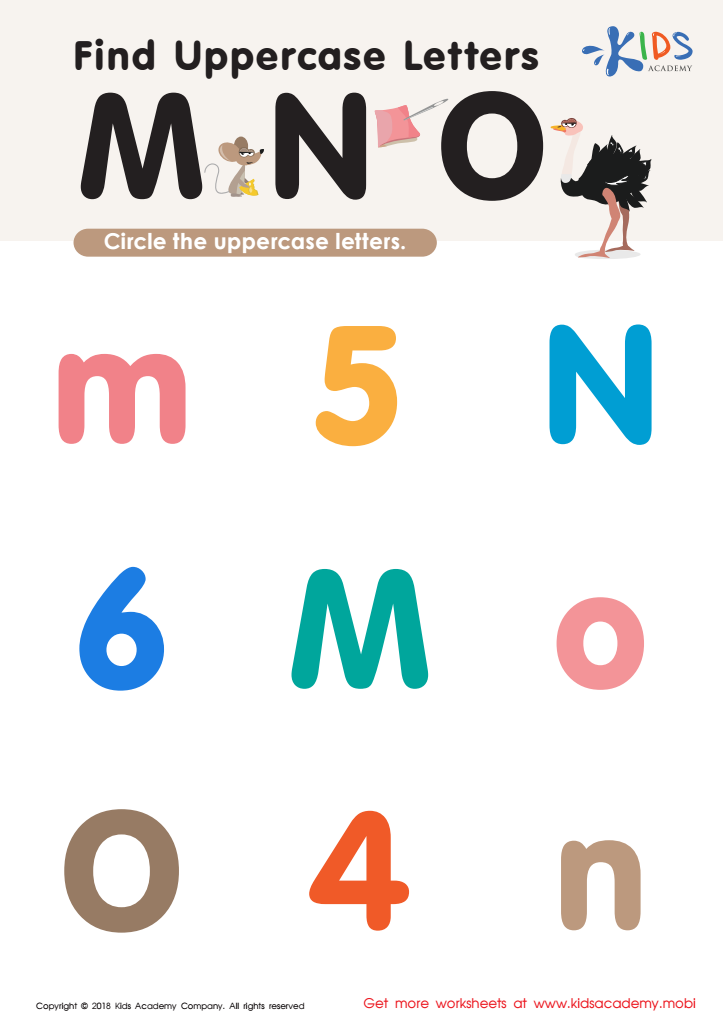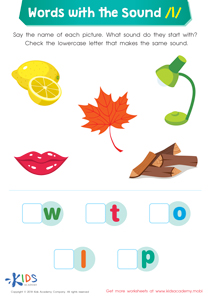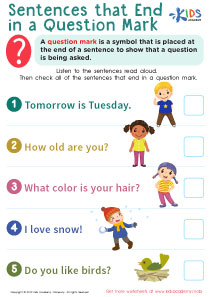Uppercase identification Kindergarten Uppercase Letters Worksheets
5 filtered results
-
From - To
Welcome to our Uppercase Identification Kindergarten Worksheets! Designed specifically for young learners, these worksheets focus on helping children recognize and identify uppercase letters effectively. Our fun and engaging activities encourage early literacy development, making learning enjoyable for your little ones. Each worksheet features colorful illustrations and interactive tasks that reinforce letter recognition skills. Parents and educators can easily access these printable resources, providing a valuable tool for at-home or classroom learning. Watch as your child gains confidence in identifying uppercase letters, paving the way for their reading and writing success. Start their alphabet journey today with our engaging uppercase letters worksheets!


Find Uppercase Letters Worksheet


Find Uppercase Letters J, K, and L Worksheet


Find Uppercase Letters A, B, and C Worksheet


Find Uppercase Letters V, W, X Worksheet


Find Uppercase Letters M, N, and O Worksheet
Uppercase letter identification is a foundational skill critical for kindergarten students and plays a significant role in their literacy development. Parents and teachers should care about this because mastery of uppercase letters lays the groundwork for reading and writing, fundamental abilities children will use throughout their academic careers.
Identifying uppercase letters allows children to recognize the start of sentences, proper nouns, and titles, which are essential components of reading fluency and comprehension. Moreover, early recognition enhances phonemic awareness, as students begin to connect sounds with letters.
Teaching uppercase letters also introduces children to the concept of written language and helps them develop fine motor skills through writing practice. Engaging in activities centered around uppercase letters—such as games, craft projects, or interactive reading—can spark a child's interest in literacy and foster a love for learning.
Furthermore, familiarity with uppercase letters boosts confidence in students as they navigate basics of communication in a print-rich environment. Parents and teachers can facilitate this learning by providing various resources, encouragement, and positive reinforcement, ensuring that students build a strong foundation for future literacy achievements. Ultimately, promoting uppercase letter identification is essential for supporting a child’s overall educational journey.
 Assign to My Students
Assign to My Students



















